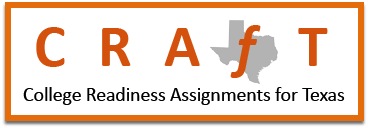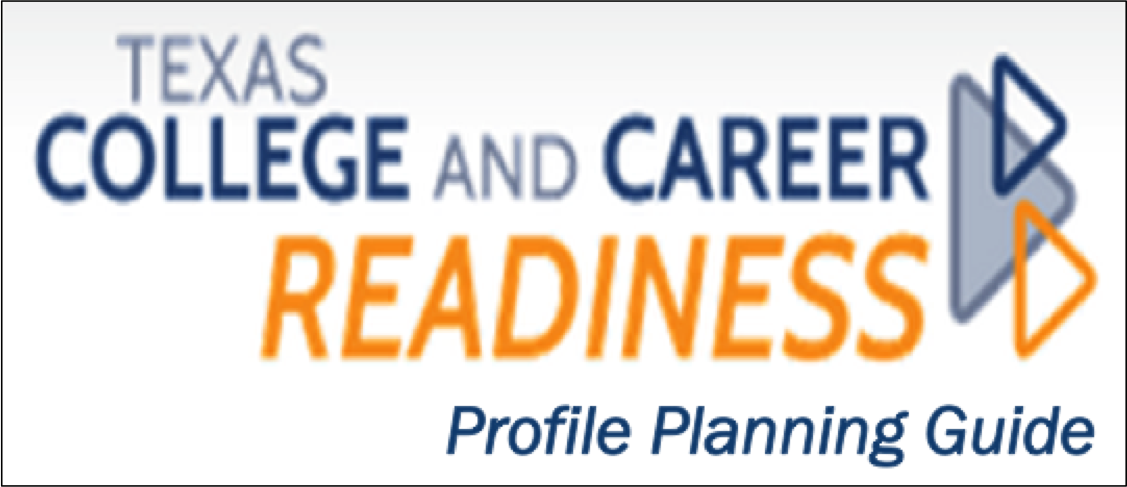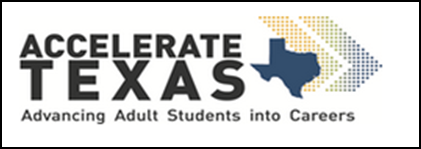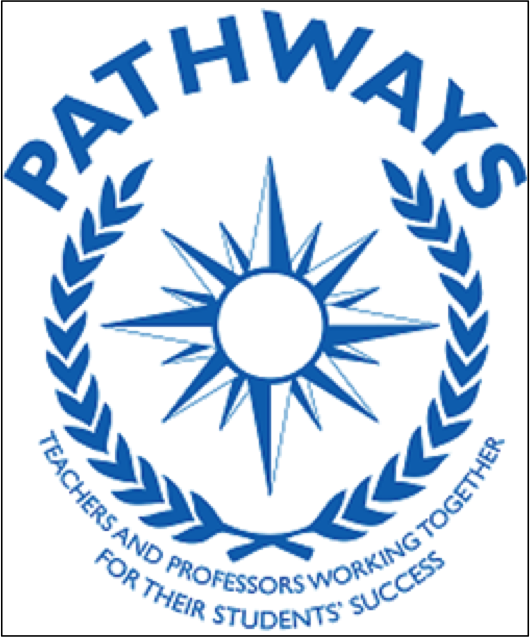III. Scientific Applications of Communication
A. Scientific writing
1. Use correct aplications of writing practices in scientific communication.
a. Construct word (narrative) descriptions of apparatuses, equipment, techniques and procedures, data, and other features of scientific investigations with sufficient clarity that a layman reader can comprehend and replicate the items or arrangements being described.
b. Write accurate and understandable lab reports and technical documents.
c. Prepare a summary or abstract of a technical article or report, extracting in brief form the pertinent information.
d. Use appropriate terminology and data expression to communicate information in a concise manner.
e. Give credit to original authors including online or electronic sources and never take credit for words that are not one’s own.
f. Write a technical report including a bibliography and proper documentation of sources using a standard style.
B. Scientific reading
1. Read technical and scientific articles to gain understanding of interpretations, apparatuses, techniques or procedures, and data.
a. Describe the contents of a technical or scientific article.
b. Explain the importance of a technical or scientific article.
c. Make reasonable conclusions or predictions from given scientific article data.
2. Set up apparatuses, carry out procedures, and collect specified data from a given set of appropriate instructions.
a. Follow a written procedure to set up and perform a lab activity.
3. Recognize scientific and technical vocabulary in the field of study and use this vocabulary to enhance clarity of communication.
a. Identify and define key scientific terminology from technical and scientific documents.
4. List, use and give examples of specific strategies before, during, and after reading to improve comprehension.
a. List strategies to use before reading, including: activate prior knowledge of the topic, gain a clear understanding of the goal or purpose of the reading, and analyze the way in which the material is structured.
b. List strategies to use during reading, including: focus attention on the text; anticipate and predict what information the text is likely to contain; monitor understanding by self-questioning and the use of strategies (e.g., mental imagery, paraphrasing, information in glossaries) to re-examine the text if comprehension fails; reread difficult passages or read ahead for additional clarification; seek outside help for clarification; and frequently self-monitor and summarize the information that has been gained.
c. List strategies to use after reading, including: summarize the major points in the text and use graphic organizers (e.g., concept maps, problem-solution diagrams, cycle diagrams) to organize terms and concepts from the text in a visual manner.
C. Presentation of scientific/technical information
1. Prepare and present scientific/technical information in appropriate formats for various audiences.
a. Make presentations using posters, spoken words, printed graphics, electronic applications (e.g., MS PowerPoint), and other formats.
b. Present data or explanations extemporaneously without word-by-word reading of a prepared text.
c. Answer questions generated by an oral presentation appropriately.
D. Research skills/information literacy
1. Use search engines, databases, and other digital electronic tools effectively to locate information.
a. Use electronic tools to locate relevant information.
2. Evaluate quality, accuracy, completeness, reliability, and currency of information from any source.
a. Distinguish relevant and reliable sources from other search results.
b. Develop referencing skills to find needed background information.


 Show Printable Version
Show Printable Version




